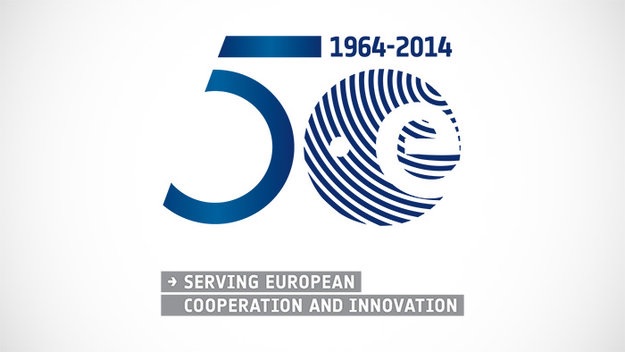2 November 2017

ESA’s Aeolus satellite.

Aeolus ready for the chamber. Released 01/11/2017 Copyright ESA
ESA’s Aeolus satellite ready to be put in the thermal–vacuum chamber for testing. Simulating the environment of space, the chamber is used to make sure the satellite will work in space. Aeolus will measure profiles of the world’s winds using novel laser technology. This will not only advance our knowledge of atmospheric dynamics, but also provide much-needed information to improve weather forecasts.
With liftoff on the horizon, ESA’s Aeolus satellite is going through its last round of tests to make sure that this complex mission will work in orbit. Over the next month, it is sitting in a large chamber that has had all the air sucked out to simulate the vacuum of space.
Aeolus carries one of the most sophisticated instruments ever to be put into orbit: Aladin, which includes two powerful lasers, a large telescope and very sensitive receivers.

The ADM-Aeolus satellite’s second Aladin laser prior to closure showing the complexity of the 80 optical components contained within a relatively small space of 45 x 34 x 20 cm, about the size of a large shoe-box, and weighing around 30 kg. The mission will provide profiles of the world’s winds as well as information on aerosols and clouds. These profiles will not only advance our understanding of atmospheric dynamics, but will also offer much-needed information to improve weather forecasts. Credit: Selex-ES
These vertical slices through the atmosphere, along with information it gathers on aerosols and clouds, will improve our understanding of atmospheric dynamics and contribute to climate research.
The laser generates ultraviolet light that is beamed down into the atmosphere to profile the world’s winds – a completely new approach to measuring the wind from space.

Aeolus sealed. Released 01/11/2017 Copyright ESA
ESA’s Aeolus satellite is sealed in the thermal vacuum chamber at the Centre Spatial de Liège in Belgium to make sure it will work in space. The satellite will measure profiles of the world’s winds using novel laser technology. This will not only advance our knowledge of atmospheric dynamics, but also provide much-needed information to improve weather forecasts.
As well as advancing science, Aeolus will play an important role in improving weather forecasts.
Carrying such novel technology means there have been challenges during development – but advancing space technology is never easy.
With these difficulties in the past, the satellite is now undergoing final testing in Belgium before it is shipped to French Guiana for liftoff, which is scheduled for the middle of next year.
After having spent this spring at Airbus Defence and Space in Toulouse, France, where it was checked that it could withstand the vibration and noise liftoff and its ride into space, Aeolus has been at the Centre Spatial de Liège since May.
Here, it has just been enclosed in the thermal–vacuum chamber for the next 30 days or so.
With the satellite safely inside, the chamber door was closed a few days ago and the air was pumped out to create a vacuum.
Denny Wernham, ESA’s Aladin instrument manager, said, “It takes some time for the air and outgassing from the satellite to be pumped out of the chamber, but Aeolus finally faced ‘hard vacuum’ on 31 October.
“Tests are scheduled to run continuously over the next 33 days. We are particularly keen to see how well the laser transmits its pulses of ultraviolet light and the alignment of the instrument in this environment.
“Since the vacuum simulates the space environment, these tests are crucial to giving us confidence that it will work properly when it’s orbiting 320 km above our heads.”
Once these tests are done, the satellite will be transported back to Toulouse for final checks before being shipped across the Atlantic to Europe’s Spaceport in French Guiana for launch on a Vega rocket.
See the full article here .
Please help promote STEM in your local schools.
The European Space Agency (ESA), established in 1975, is an intergovernmental organization dedicated to the exploration of space, currently with 19 member states. Headquartered in Paris, ESA has a staff of more than 2,000. ESA’s space flight program includes human spaceflight, mainly through the participation in the International Space Station program, the launch and operations of unmanned exploration missions to other planets and the Moon, Earth observation, science, telecommunication as well as maintaining a major spaceport, the Guiana Space Centre at Kourou, French Guiana, and designing launch vehicles. ESA science missions are based at ESTEC in Noordwijk, Netherlands, Earth Observation missions at ESRIN in Frascati, Italy, ESA Mission Control (ESOC) is in Darmstadt, Germany, the European Astronaut Centre (EAC) that trains astronauts for future missions is situated in Cologne, Germany, and the European Space Astronomy Centre is located in Villanueva de la Cañada, Spain.

